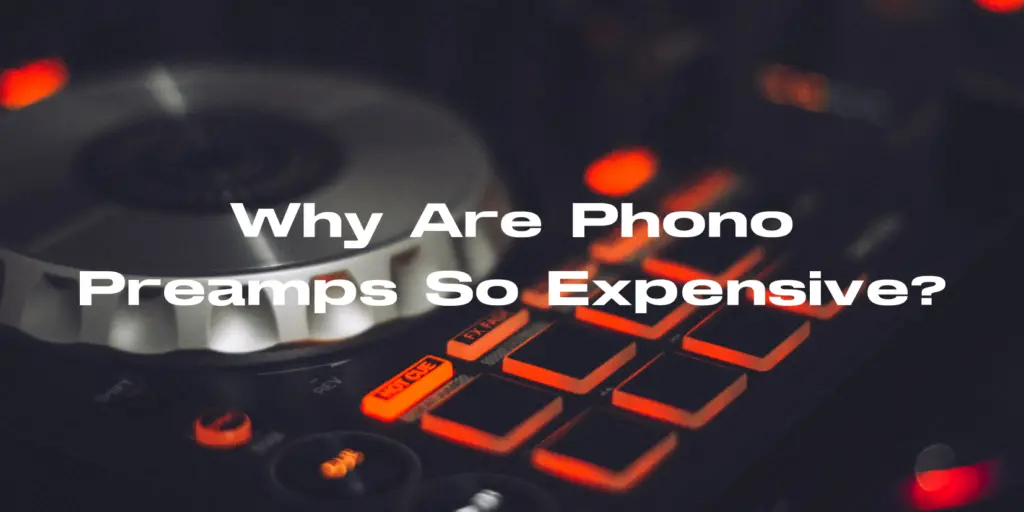Phono preamplifiers, also known as phono stages or phono preamps, are crucial components in a vinyl playback system. They serve the essential function of amplifying the low-level signal produced by a turntable’s phono cartridge to a line-level signal that can be used by your audio system. While there are budget-friendly phono preamps available, many enthusiasts might wonder why some high-end phono preamps come with a hefty price tag. In this article, we’ll explore the factors that contribute to the cost of phono preamplifiers.
1. Signal Quality and Accuracy:
One of the primary factors influencing the price of a phono preamp is the quality and accuracy of the signal it provides. High-end preamps are designed to preserve the integrity of the vinyl record’s audio signal. This requires the use of premium components, such as high-quality resistors, capacitors, and amplification circuits, to minimize signal distortion and noise. Additionally, precision engineering and circuit design contribute to the higher cost.
2. Component Quality:
The components used in a phono preamp can significantly impact its performance and cost. High-end phono preamps use premium components, including audiophile-grade capacitors, resistors, and op-amps. These components are carefully selected for their low distortion, minimal coloration of the audio signal, and precise RIAA equalization. Such premium components can be more expensive, driving up the overall cost of the preamp.
3. Build Quality:
The build quality of a phono preamp is another cost factor. High-end models often feature robust enclosures made from premium materials to minimize external interference and vibrations. These enclosures can be costly to manufacture and contribute to the overall cost of the preamp. High-quality connectors and internal wiring also add to the build cost.
4. Customization and Handcrafting:
Some high-end phono preamps are handcrafted or offer customization options. These artisanal or bespoke preamps can command higher prices due to the labor-intensive nature of their production and the uniqueness of each unit. Craftsmanship and attention to detail in assembly can significantly raise the price.
5. Advanced Features:
High-end phono preamps often come with advanced features and settings that allow for fine-tuning the playback experience. This may include adjustable impedance and gain settings, mono/stereo switching, and selectable cartridge loading options. These advanced features require additional components and engineering, contributing to the overall cost.
6. Research and Development:
R&D efforts and the expertise of the design team play a crucial role in the cost of a high-end phono preamp. Manufacturers invest in research and development to create innovative circuit designs, technologies, and proprietary features that set their preamps apart from the competition. These innovations often require extensive testing and refinement, which can drive up costs.
7. Limited Production Runs:
Some high-end phono preamps are produced in limited quantities, making them collector’s items or exclusive choices for audiophiles. The limited production runs and specialized components can increase the price, catering to a niche market.
In conclusion, the cost of a phono preamp depends on several factors, including signal quality, component quality, build quality, customization, advanced features, R&D, and production volume. While budget-friendly options are available for vinyl enthusiasts, high-end phono preamps cater to audiophiles who demand the utmost accuracy and fidelity in their vinyl playback systems. These high-end models offer a combination of advanced engineering, premium components, and exceptional craftsmanship, which justifies their higher price point for those seeking the ultimate vinyl listening experience.


